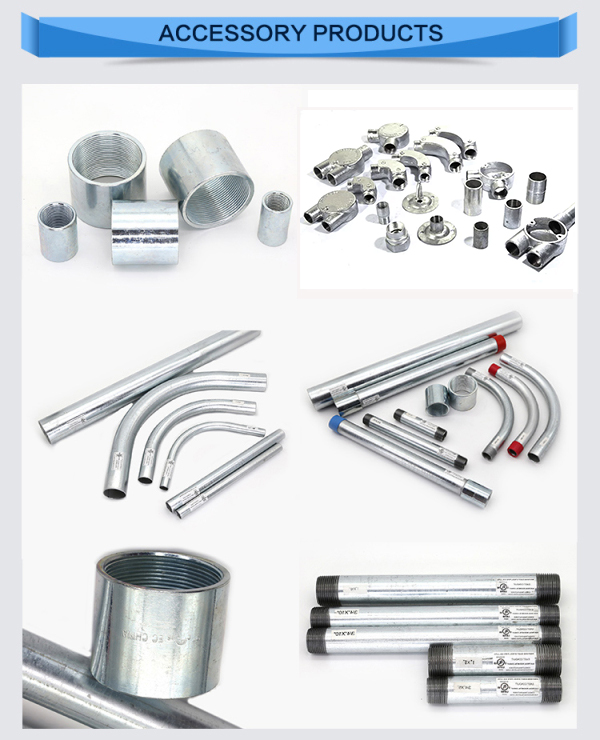Despite the similarity to pipes used in plumbing, purpose-designed electrical fittings are used to connect conduit.A conduit body can be used to provide pulling access in a run of conduit, to allow more bends to be made in a particular section of conduit, to conserve space where a full size bend radius would be impractical or impossible, or to split a conduit path into multiple directions. Conductors may not be spliced inside a conduit body, unless it is specifically listed for such use.
Conduit bodies differ from junction boxes in that they are not required to be individually supported, which can make them very useful in certain practical applications. Conduit bodies are commonly referred to as condulets, a term trademarked by Cooper Crouse-Hinds company, a division of Cooper Industries.
Conduit bodies come in various types, moisture ratings, and materials, including galvanized steel, aluminum, and PVC. Depending on the material, they use different mechanical methods for securing conduit. Among the types are:
● L-shaped bodies ("Ells") include the LB, LL, and LR, where the inlet is in line with the access cover and the outlet is on the back, left and right, respectively. In addition to providing access to wires for pulling, "L" fittings allow a 90 degree turn in conduit where there is insufficient space for a full-radius 90 degree sweep (curved conduit section).
● T-shaped bodies ("Tees") feature an inlet in line with the access cover and outlets to both the cover's left and right.
● C-shaped bodies ("Cees") have identical openings above and below the access cover, and are used to pull conductors in a straight runs as they make no turn between inlet and outlet.
● "Service Ell" bodies (SLBs), shorter ells with inlets flush with the access cover, are frequently used where a circuit passes through an exterior wall from outside to inside.

Post time: Jul-29-2022
